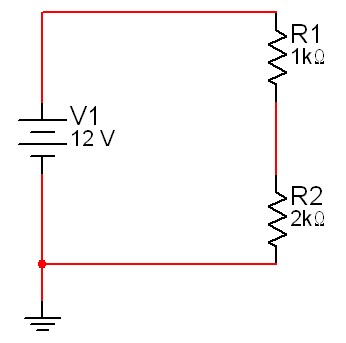Hello Circuit Designers, As you may already know, NI Multisim uses SPICE as its core algorithm for solving differential equations that model circuit components. The Multisim development team has put great efforts in enhancing this simulation environment and adding features to it for optimized analog and mixed-mode simulations. Of course, the accuracy of the results depends on the settings of the SPICE simulation. This is why the default simulation settings in Multisim define tight enough conditions to assure quality results. In some cases, the circuit might be too complicated for the SPICE simulator to converge with the default settings and this is why the convergence assisstant is also included in Multisim.

I am sure many of us just click 'yes' once the convergence assistant dialog box shows up for the first time. Pocket God Ios 8. And this is why I decided to write this blog post, to take a deeper look at what it actually does. A convergence problem means that the difference (in voltages) between the simulation results of one iteration and the following one are not small enough implying an inaccuracy in the given solution. What the convergence assisstant does is changing some of the important simulation parameter that might be the cause of the problem to help the circuit converge, or in other words obtain consistant results between consecutive iterations.
Below is a list of these parameters and their significance SPICE Parameter Significance METHOD Sets the time step integration method. Setting Initial Conditions to Zero This step sets all the voltages of the circuit to zero as an initial condition for the solution. TMAX TMAX is the maximum stepsize that SPICE uses; for default the program will choose the smaller of either Tstep or (Tstop-Tstart)/50.0.
Introduces a version of SPICE called MultiSim. Circuit simulation with SPICE (and MultiSim) involves two steps. Multisim is an industry-standard, best-in-class SPICE simulation environment. It is the cornerstone of the NI circuits teaching solution to build expertise. The Multisim development team has put great efforts in enhancing this simulation environment and adding features to it for optimized analog and mixed-mode simulations. Of course, the accuracy of the results depends on the settings of the SPICE simulation.
TMAX is useful when one wishes to guarantee a computing interval which is smaller than the printer increment, Tstep. RELTOL Sets relative error tolerance of the program.
The value must be between 0 and 1. RSHUNT Value (in ohms) of resistors added between each circuit node and ground, helping to eliminate problems such as 'singular matrix' errors. In general, the value of RSHUNT should be set to a very high resistance (1e+12). ITL1 Sets Operating Point Analysis iteration limit. GMIN Sets min conductance (max resistance) of any device in the circuit (in mhos).
Also sets value of the conductance that is placed in parallel with each pn junction in the circuit. And here are some screenshots of the convergence assisstant of Multisim trying to fix one of my circuits!
Multisim Help Edition Date: February 2017 Part Number: 375482B-01 » The SPICE Netlist Viewer gives a behind-the-scenes look at the Multisim SPICE simulation. You can construct and edit a netlist graphically in the schematic editor and then optionally look at the SPICE netlist with the SPICE Netlist Viewer. Viewing the netlist helps users to learn about SPICE syntax and simulation. It can also help in identifying simulation errors and convergence issues. The SPICE Netlist Viewer shows the SPICE netlist for the entire circuit, even if you are currently only viewing a subcircuit.
The text is the same as the text that is saved using the Transfer»Export SPICE netlist command. Text is color-coded to denote the text type. • Black textAll other text.